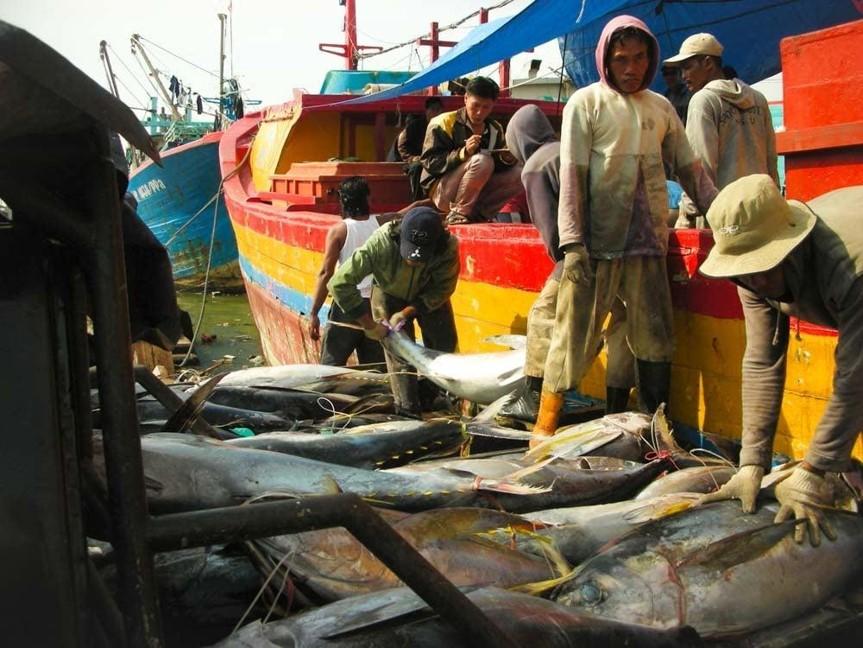Definition of Various Terms
- Port– port is an interface that facilitates the loading and unloading operations of cargo and passengers from one mode of transport to another or a port is a location on a coast or shore containing one or more harbors where ships can dock and transfer cargo and passengers. Ports often have cargo handling equipment such as cranes, forklifts used for loading and unloading ships.
- Harbour– is a body of water where ships, boats and barges seek shelter from stormy weather or used to store ships for future use. Harbours can be natural or artificial.
- Wharf– it is a structure built on shore over a large area within the sea port. Wharf contains the following, quay, piers/jetties, warehouses, offices, yards etc.
- Berth– it is a designated location in a port used for mooring ships (vessels) for loading and unloading of cargo, it is a place in the water near the quay where ship stops and stays in a port during loading and unloading operations.
- Quay– it is a reinforced platform (made of stones or metals) lying alongside the water for loading and unloading ships. It is also part of coastline which has been modified so that ships can dock at it parallel to the shore ready for loading and unloading operations.
- Shore– it is a land along the edge or bordering a large water body (sea, ocean and lake)
- Jetty/pier– it is a solid structure that is built out into water and used as a place to get off the ship (especially tankers) or to tie up ships.
- Dock- it is an area of water for building, repairing or loading and unloading ships. It has gates to allow water out and to facilitate repairs and water is pumped in when repairs is over.
- Breakwaters-it is a structure such as pier that projects into water to influence the current or tide or protect a harbor or shoreline from storms or erosion.
- Anchorage- it is a location at sea where ships can lower the anchors to allow resting of a ship securely at sea while waiting to enter the port, as well as taking passengers and cargo where insufficient port facilities (berths) exist.
- Anchor- it is a heavy object attached to a cable or chain and used to moor a ship to the sea bottom, typically having a metal shank with a pair of curved and barbed flukes at one end.
Types of Ports
Sea Ports
- Seaports are the most common types of ports around the world which are used for commercial shipping activities.
- Sea ports are built on a sea location and enable the accommodation of both small and large vessels.
- Seaports form some of the biggest and busiest ports in the world.


Cruise Home Ports
- This type of port specializes in dealing with the activities of cruise ships and provides the platform for the passengers to enter and disembark the cruises at the beginning and the end of the journeys, respectively.


Fishing Ports
- Fishing ports are mainly related to the commercial sphere as they participate in fishing. A fishing port can be an inland port or a seaport.


- Warm Water Ports
A warm-water port is one where the water does not freeze in wintertime as they are available year-round. Warm-water ports can be of great geopolitical or economic interest. They are the ports in which the water is maintained at warmer temperature.
- Port of Call
- Also known as the mid-way port, Port of call is somewhere midway on ship’s travel plan to accept fuel supply and stocking or unloading cargo.
- It is a type of port which is paid a brief visit by a ship on the voyage.
- It is also used for carrying out essential repair works.
- It serves as a stopover port, in between the home ports of a particular vessel.
- Cargo Ports
- Cargo ports act according to the cargo it manages and the amenities available differ from one port to the other. These are the special ports to handle cargo only. These ports are also known as “bulk ports”, “break bulk ports” or “container ports”.
- A cargo port may be designed to deal with single, as well as multiple types of products.
- Items such as liquid fuels, chemicals, food grains, timber, machines and motorcars, are transported to various places, employing the adeptness of a cargo port.
- Deep water ports are sometimes used along with those cargo ports which do not have sufficient depth to allow big ships.
